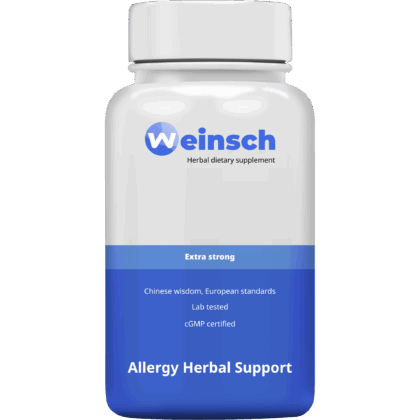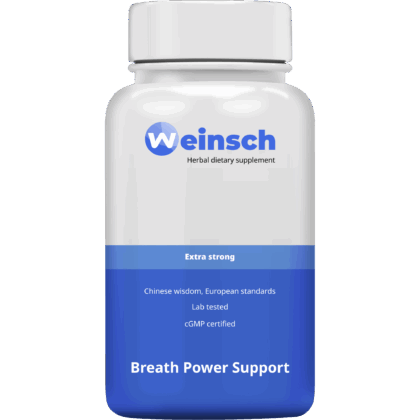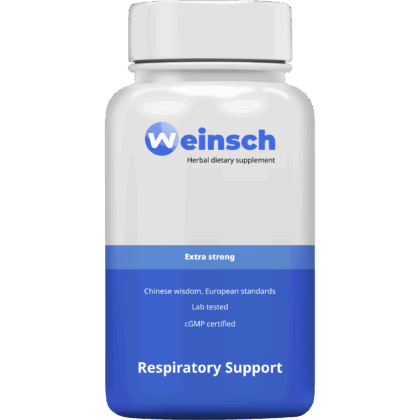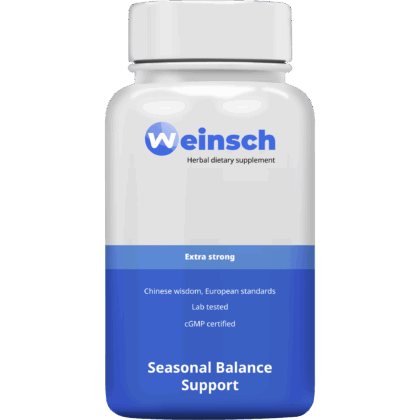Weinsch Lung Vitality supports clear breathing, energy, and inner balance with natural TCM-based herbal formulas for modern wellbeing.
Certified ingredients
Free shipping from €49.95
Response within 24 hours
Certified ingredients
Free shipping from €49.95
Response within 24 hours




